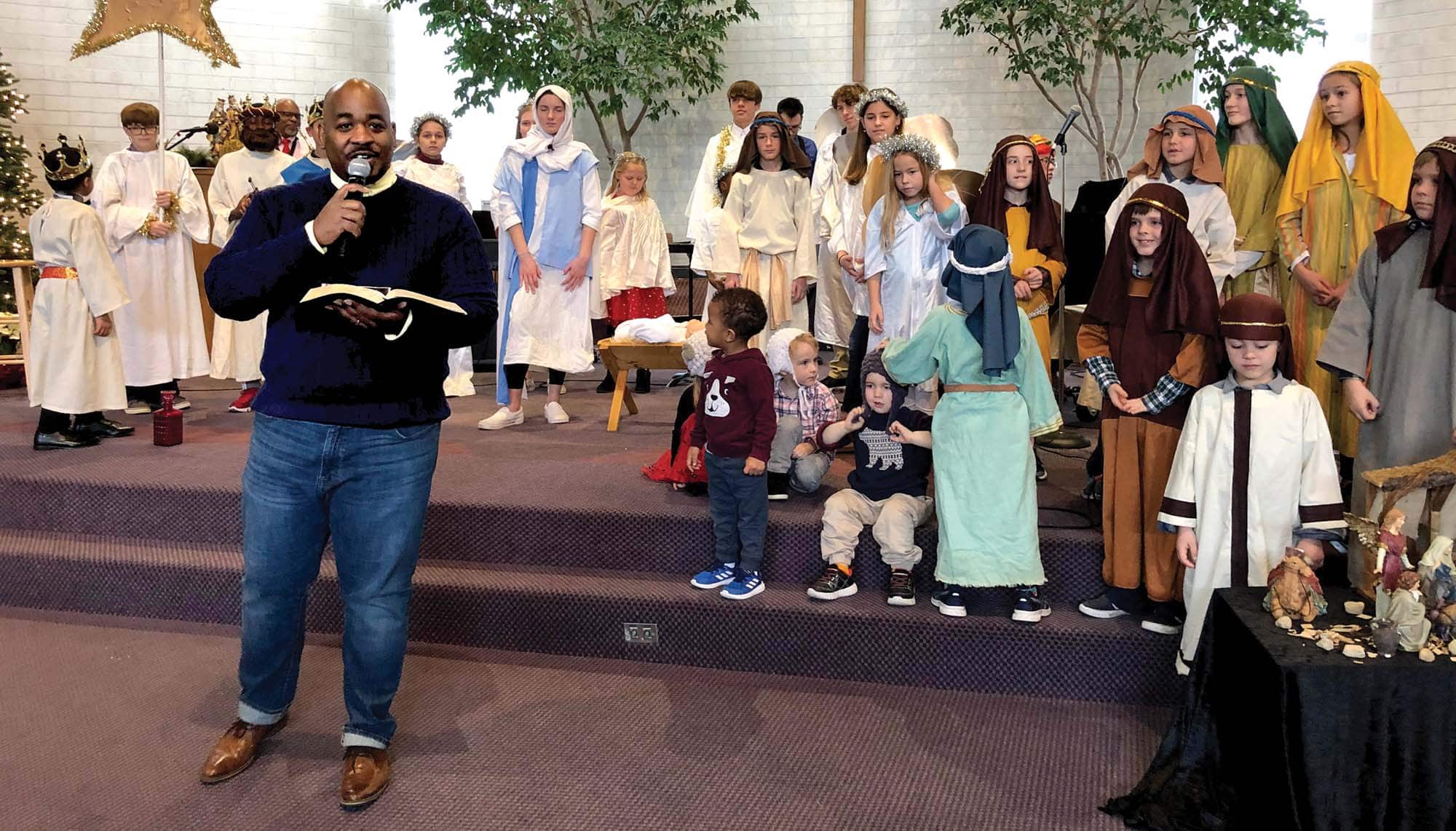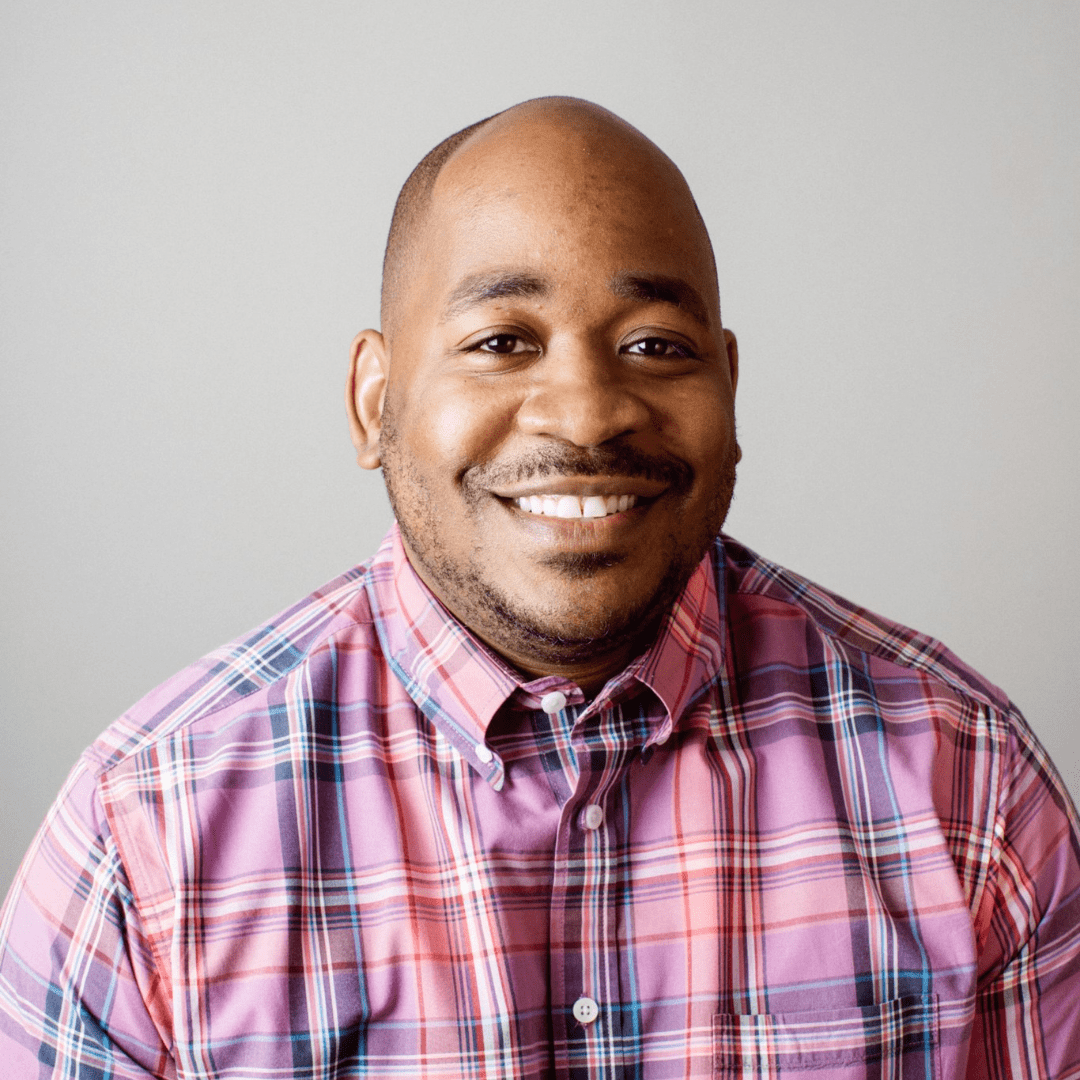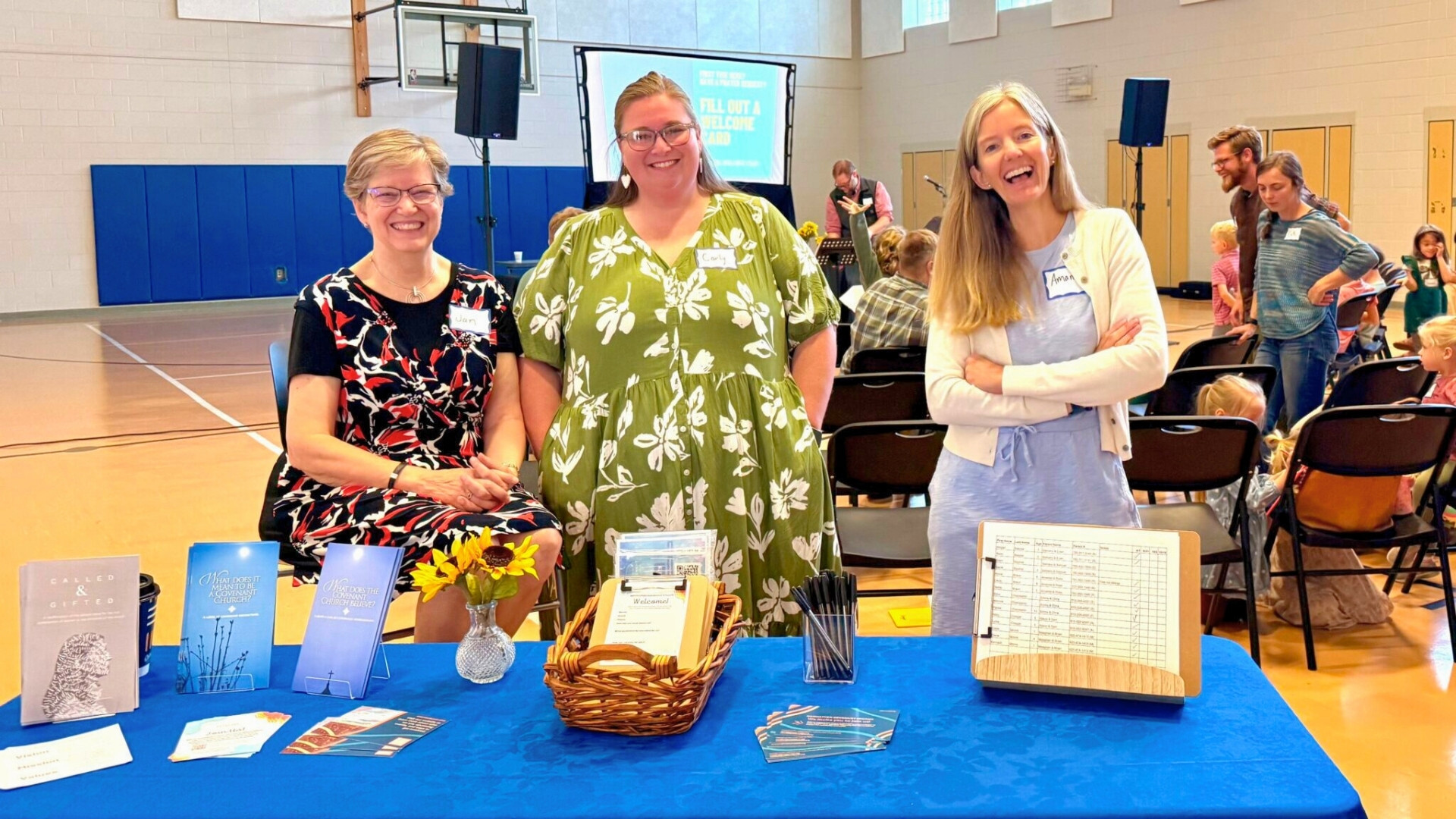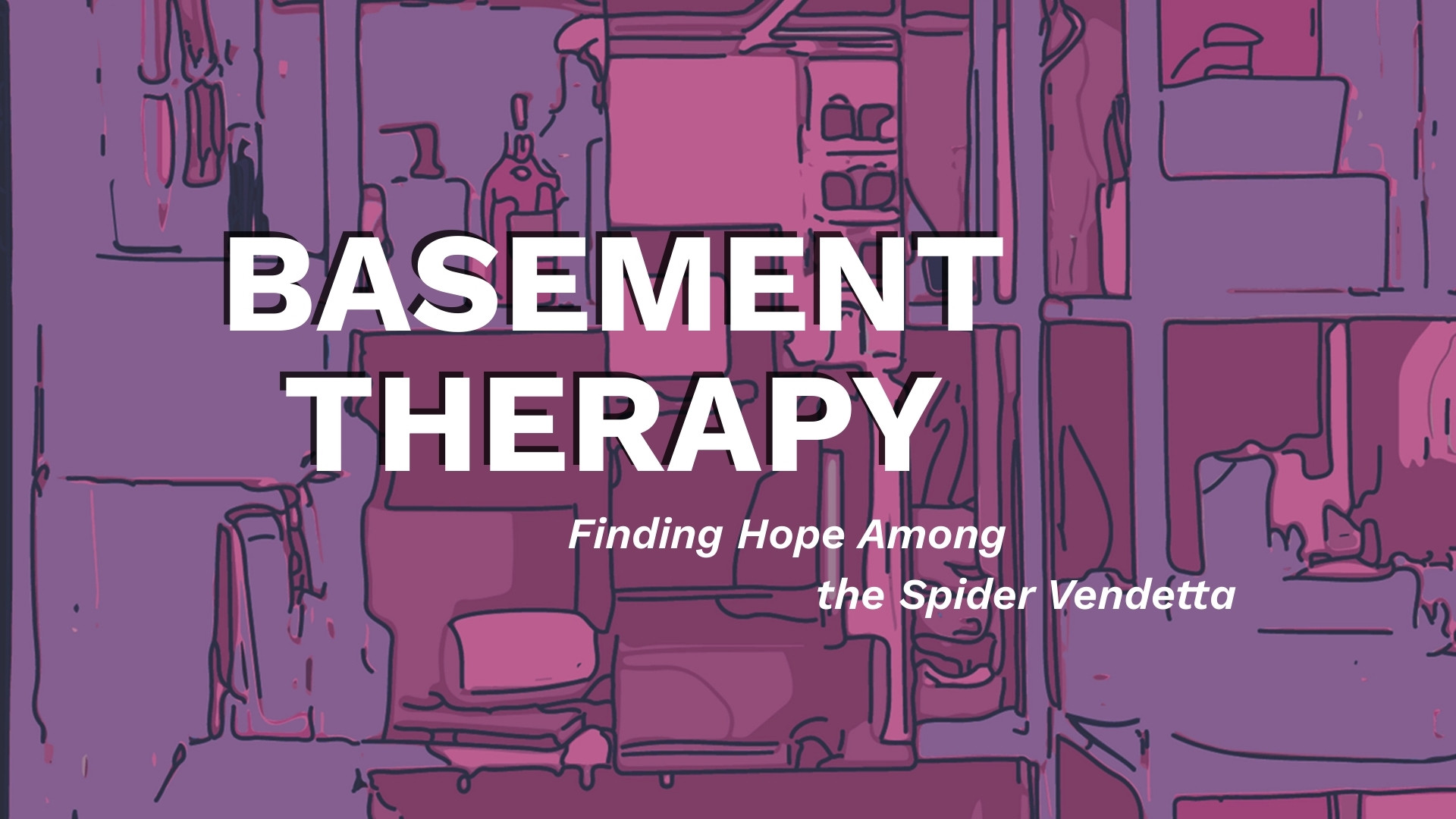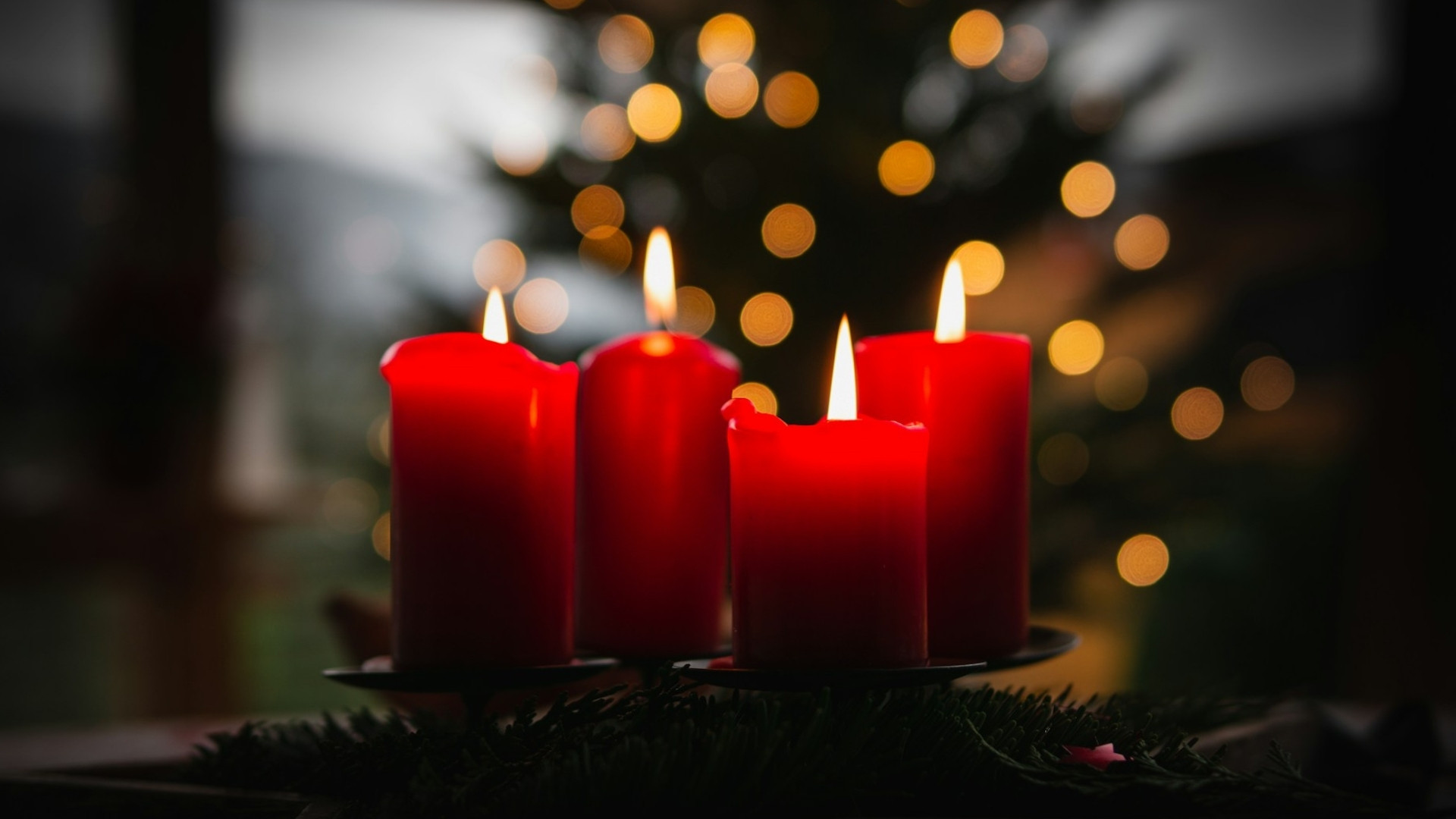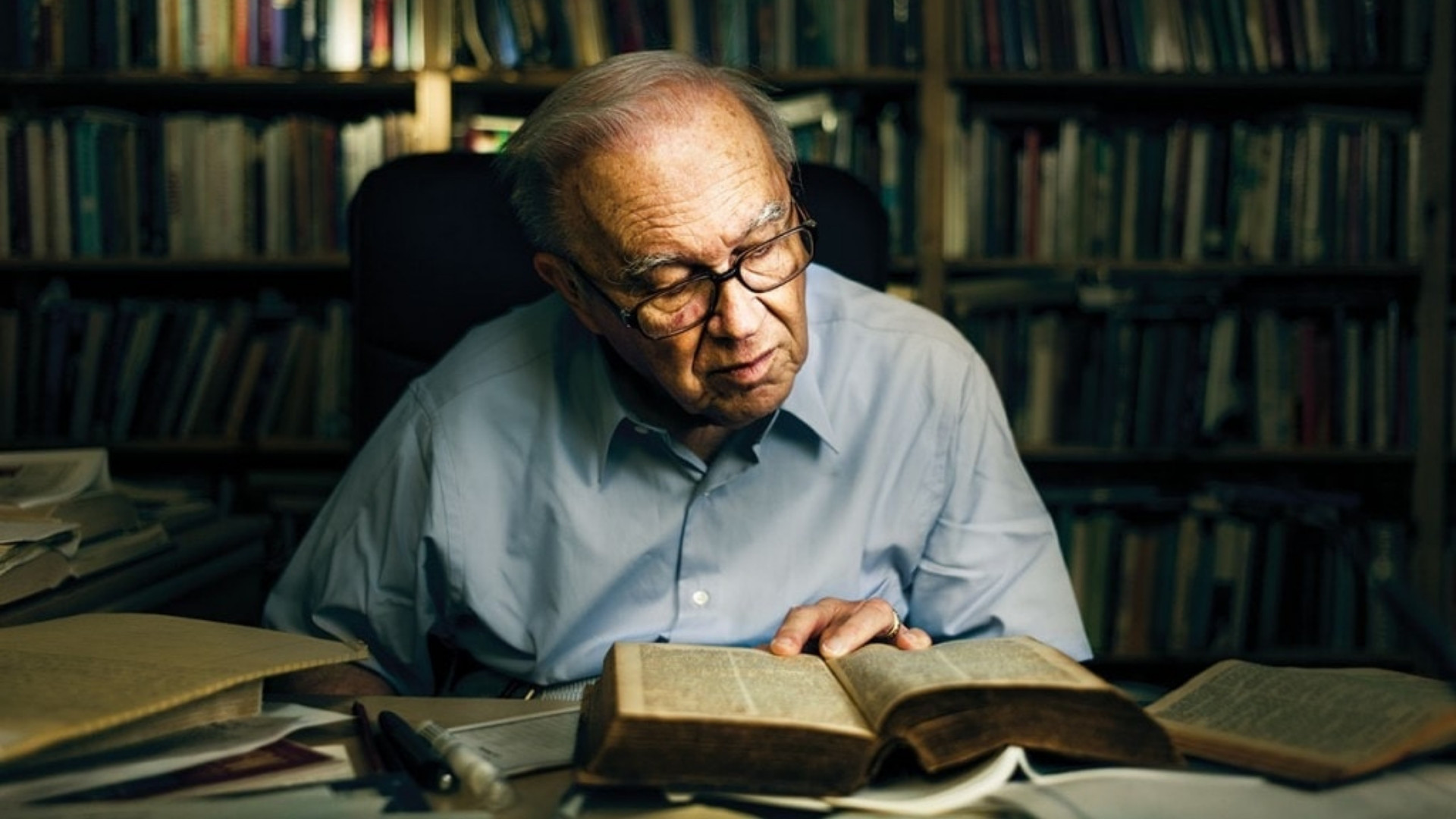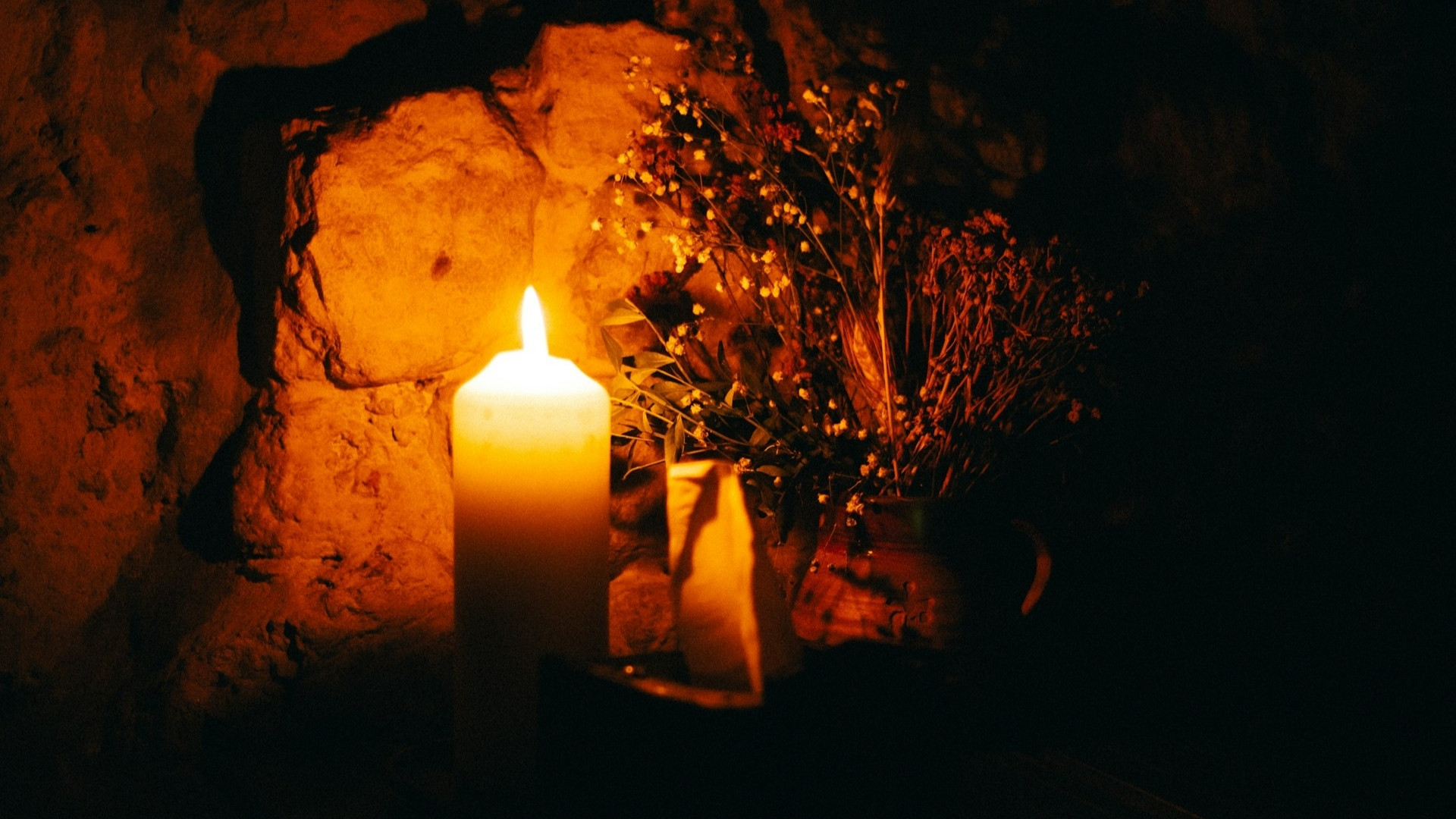The Complicated Call of Multiethnic Ministry
As long I can remember, I have searched for a place to belong. I suspect having divorced parents, frequently moving from one place to the next as my mom struggled to make ends meet, changing schools and friends, attending multiple churches, and finally at the age of 13 moving to live with my dad all contributed in some way.
I also had strange taste. Like many kids my age, I spent a lot of time-consuming popular culture, but my palate was different from that of my peers. I enjoyed all of the now-cult classic television shows that most kids in my neighborhood were watching: What’s Happening, Good Times, The Jeffersons, Martin, and The Fresh Prince of Bel-Air—but I also liked Family Ties, Mama’s Family, and reruns of Happy Days.
My peers never completely ostracized me, but I was often labeled the weird one. When it came to my musical taste, I remember being laughed at because I knew all the lyrics to “Material Girl” by Madonna, while my friends were learning the lyrics to the latest Jay Z tune. My disc collection consisted of everything from Elton John, Queen, and the Beatles all the way to Tupac and LL Cool J. My friends didn’t appreciate my eclectic taste, and I learned to enjoy my unconventional interests alone. Holding back parts of myself kept me from being ridiculed, but it also proved to be lonely. The loneliness eventually became a thread woven into the fabric of my ministry life as well.
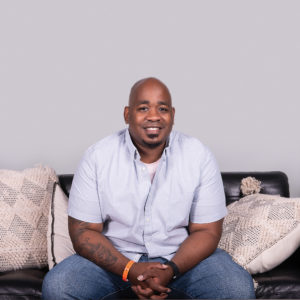
The community I spent the majority of my life in was completely African American—I lived in a Black neighborhood, went to Black schools with Black teachers, and my father was the charismatic pastor of Hope Presbyterian, a Black church in Chicago.
My experience at my father’s church was foundational to my spiritual formation. It was where I first sensed my call to ministry, and at the age of 20 I began to serve the church as the youth pastor. As I entered ministry, I hoped the cultural disconnect I felt would disappear.
However, when I began preaching, my approach was very different from my father’s and from other preachers I’d grown up listening to. My dad managed to effortlessly combine his seminary training with everyday language that compelled people to stand on their feet with thunderous applause every week. He often drew on his southern upbringing to end his sermon with a celebratory form of exhortation called “hooping.” By the time I was 15, I had learned to mimic the musical rhythm of his sermon delivery right down to his physical movements and actually got in trouble once when I was caught doing this in the service. It wasn’t until later that I realized mimicking this sacred part of the sermon showed a lack of respect for the preacher and the tradition itself.
Even though I could mimic my father’s hooping, it never came naturally to me. I was very intentional about being biblically sound, but my delivery felt foreign—both to myself and to the congregation. People described my style as “teaching,” but I never quite understood the distinction between preaching and teaching. Isn’t all preaching teaching? Essentially my father’s preaching often inspired people to stand to their feet, whereas I mostly inspired people to take notes.
I tried to adjust. I even attempted to bring fire down from heaven with my prayers, but when those attempts failed, it just added to my frustration and isolation.
Even when we recognize the limitations—such as the potential for tokenism—of a multicultural model of church, it can become a rut where we get stuck.
I eventually felt God calling me away from my church of origin. In Black church tradition the son often becomes his father’s successor, so no one understood why I would leave the church my father pastored. That became yet another place of isolation. After months of searching for a new place of worship—and perhaps a place to hide—I stumbled upon Oakdale Covenant Church on the South Side of Chicago. The warm welcome I received there developed into many amazing relationships. I started serving as the church’s administrator and over a seven-year span, I also served as a youth ministry assistant, Bible teacher, new members pastor, children’s pastor, and a member of the worship team. If my time at Hope Presbyterian was foundational, I would have to categorize my time at Oakdale Covenant as a coming of age. Pastor D. Darrell Griffin’s approach to leadership development afforded me a freedom that I had not experienced at Hope. Still, I felt like I was wandering, trying to find a place to belong, a place where all the awkward parts of my personality could feel settled.
Being at Oakdale further solidified my pastoral call, and in line with my Presbyterian roots, I intended to go to Princeton Theological Seminary. Yet my relationship with the Covenant deepened as I began to learn about the Five-fold Test (now Six-fold Test) for Multiethnic Ministry, the denomination’s tool to help Covenanters press forward in ethnic ministry and diversity. Landing in a denomination that was one of the fastest growing multiethnic denominations in the country seemed like a God-ordained connection.
Once I fully accepted how closely I identified with the ethos of the Evangelical Covenant Church, it made sense for me to attend North Park Theological Seminary. I had finally found a home and a purpose! Maybe the disconnect I had felt in my church of origin was somehow God preparing me for multiethnic ministry. I felt called to serve the church, specifically the multiethnic church. People speaking into my life often called me a “bridge builder.” Although the term sounded flattering, that didn’t always match my experience.
When I began serving in my first non-Black setting through a one-year pastoral internship, I began to realize that I wanted to be a part of a team that honored the wide variety of cultures present in the church. Yet in many spaces, it felt like the appearance of diversity was enough. Even when there were sincere attempts at community partnerships, the charitable works often rang of tokenism.
Since then, I have served in ministry settings where the community recognizes the difference between a multiethnic church and an intercultural church. A church with the presence of multiple ethnic groups is identified as multiethnic. Some congregations meet the multiethnic criteria numerically, which by most metrics is that no single ethnicity makes up more than 80 percent of the congregation (sometimes called the 80/20 rule), but they recognize that being multicultural is not enough. So they seek to become intercultural, which is a congregation that is open to the mutual exchange of ideas and cultures.
But this is difficult! Even when we recognize the limitations—such as the potential for tokenism—of a multicultural model of church, it can become a rut where we get stuck. Sometimes we end up spending more time trying to convince people that interculturalism is biblical than we do actually living into the mission itself. Sometimes well-intentioned people cannot hear the ways their approach to this intercultural/multiethnic vision does harm to the very people they want to reach. When attempts at accountability led to the deterioration of relationships, I lamented.
I found myself feeling out of place in these multiethnic settings for completely new reasons.
First, I was still very much connected to the Black church and community. I had become practiced at code-switching, or adapting my communication style to be more palatable (and ethnically ambiguous) in situations where I was a minority. This is an invaluable tool for a minority person trying to survive. I had developed enough cultural competency to navigate predominately white spaces.
I feel as though I am not Black enough for the community that raised me but I’m too Black for the multiethnic communities I serve.
But no matter how much I assimilated, when I expressed concern for what was happening in my Black community, I usually received significant pushback. Sometimes that came from congregants who didn’t believe talking about issues of justice was a matter of biblical importance—that somehow it was antithetical to the gospel message. Sometimes it came from congregants who couldn’t fathom how a person could support Black Lives Matter and still care about America.
In other instances, the pushback came from church leaders and congregants who saw me wearing a Nike shirt and assumed that I was doing so in support of Colin Kaepernick, the NFL player who protested police brutality and racial injustice by kneeling during the national anthem. When Nike became a political statement, people seemed to forget the fact that I already wore Nike clothing multiple times a week. They assumed I was now making a political statement and that I was intentionally being divisive—although the same assertion was never made about other congregants who wore the brand. People made assumptions about where I stood because I am Black, without ever having a conversation with me. It didn’t matter that I am a military veteran or that over my lifetime I had experienced many of things that Kaepernick was protesting. I began to realize that not only was my voice often censored, but to some degree my wardrobe was as well. More and more, I found myself unable to speak freely about things that concerned me—police shootings, gentrification, or mass incarceration—things that so publicly plague the Black community. In many cases, even broaching the subject of why it was important for a multiethnic church to expand its repertoire of music beyond Hillsong, Bethel, and the Covenant Hymnal caused a ruckus.
When I pointed out how would-be intercultural churches could more authentically live into that identity in ways that were more life-giving to the people of color, I was labeled divisive. At one point, I was even flippantly called a radical Black liberation theologian, at a time when I probably couldn’t have articulated fully what Black liberation theology was.
In some of these spaces, it felt like my face was all that mattered, but my voice was not wanted. My appearance pointed at least visually to a reality that had not yet manifested itself in a given community’s lived experience. In a time when attempts at multiethnicity are celebrated, pointing out any ways those efforts are falling short does not garner favor from the very people I am called to serve.
So once again, I felt alone and without a place I could really call home. I began to feel like no matter what I did or where I served, I would have to hide sacred parts of myself in order to survive. The first time I preached in a Black church after years away, a parishioner said to me, “Well, I can tell you’ve been preaching to white people.” On the flip side, white congregants often describe me as fiery and energetic, with a gentle reminder that I don’t have to be so loud or move around so much. I feel as though I am not Black enough for the community that raised me, but I’m too Black for the multiethnic communities I serve.
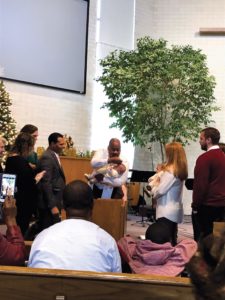 I’ve started using the term “cultural nomad” to describe my experience. I am sure many of my contemporaries who serve in similar settings can resonate.
I’ve started using the term “cultural nomad” to describe my experience. I am sure many of my contemporaries who serve in similar settings can resonate.
I currently serve another predominately white congregation who senses a call to be increasingly diverse. This time my role is as lead pastor, which I hope will allow me more flexibility in the way we approach this conversation—flexibility that is important to me because I desperately want to ensure that other people of color who venture into these spaces don’t have the same experiences my family and I have had.
My prayer for the congregation of Naperville (Illinois) Covenant Church is that we move beyond simple cultural awareness. My hope is that we become a congregation where the Six-fold Test for Multiethnic Ministry marks our lives together experientially and is not viewed as some distant denominational resource that we can ignore.
During my interview process, I told the search team that the constant pressure and pain of leading in these spaces causes emotional, physical, and spiritual effects—not only in the person attempting to lead the mission, but in those who participate.
People often ask me, “Why do you keep subjecting yourself to that pressure?” That question often comes in a season when I have been prone to dwell on the pain I’ve endured along the way. It forces me to remember my journey and see the places where the Holy Spirit has been at work. Sometimes I get so caught up looking for huge cultural shifts that I miss the incremental changes. In moments of self-doubt, insecurity, and self-preservation, it’s easy to forget the folks who are not offended by my heart, the folks who encourage me to dig deeper. In my darker moments I can overlook the text messages from former parishioners sharing how they have continued the hard work of biblical justice even after I’ve left. And I forget how many times my cross-cultural experiences have allowed me to introduce a variety of people to authors, musicians, and content they may never have encountered otherwise. Then there are the many times where my being out of place, put me exactly where I needed to be. There have also been moments when somehow God used my presence to bring comfort to someone facing the same isolation and displacement I have often felt.
Being a bridge means sometimes getting walked over as people travel from one distant place to another. But I believe the healing and reconciliation that take place as a result of the work of bridge-builders and cultural nomads will be an important factor in uniting the church in a way that honors God and brings glory to his name.
I am finding more and more cultural nomads like myself who understand what it is like to walk between different worlds. The loneliness and isolation I once felt is a little less heavy. I know this is God’s way of caring for me and encouraging me to keep moving forward. My hope is that those who find themselves isolated or alone in their own call will feel the sustaining power of the Holy Spirit and press forward long enough to recognize that God will provide them with what they need if they persevere.


